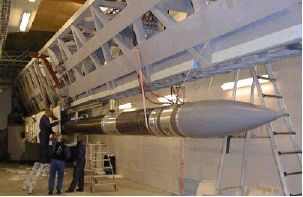 CAPER (Cleft Accelerated Plasma Experiment Rocket) Sounding Rocket
CAPER (Cleft Accelerated Plasma Experiment Rocket) Sounding Rocket
The CAPER sounding rocket experiment investigates how the cleft ion fountain originates. Specifically it will address the question of whether current-driven electrostatic waves are producing transverse ion acceleration within the cusp ion fountain.
The instrumentation is based on the SCIFER payload, but is redesigned to study current-driven instabilities. The experiment also employs ground support from the EISCAT radar at Svalbard to provide an ionospheric context and supporting measurements to test the "plasma friction" hypothesis in creating the cleft ion fountain.
CAPER was launched 1999 Jan 21 06:13:30 UT fromAndoya Rocket Range, Norway.
 Instrumentation:
Instrumentation:
Cornell University: (more information)
- 7 meter E-Field antenna
- Plasma wave receiver and interferometer 0 to 3 MHz
- Science magnetometer on 1 meter boom
University of Oslo:
- HF E-field spectrum analyzer
UNH:
- HEEPS-E 5eV to 16KeV electron detector.
- HEEPS-I 6eV to 800eV ion detector.
- HEEPS-H 160eV to 8KeV ion detector.
- BEEPS 6eV to 200eV ion detector with O+ H+ separation.
Marshall Space Flight Center/Southwest Research Institute: (more information)
- TICHS 0.3eV to 20eV thermal ion detector
- TECHS 0.3eV to 60eV thermal electron detector
Payload layout drawing
UNH deck drawing
Payload picture
Flight data plots
Principal Investigator:
Co-Investigators:
- Roger Arnoldy / UNH
- Craig Pollock /SWRI
- Tom Moore /GSFC
- Charles S. Deehr / University of Alaska
- Jan A. Holtet / University of Oslo
- J. Moen / UNIS (Svalbard)

